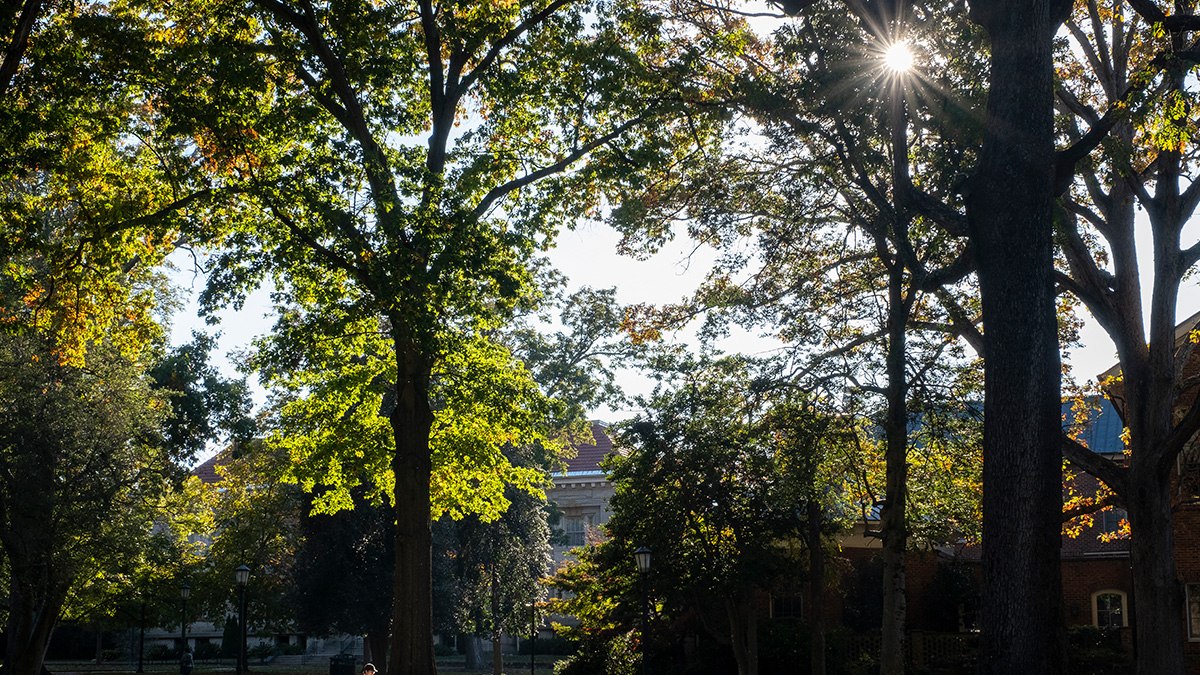North, Central America mix it up in Dominican Jazz Project
Stephen Anderson is an associate professor in jazz studies and composition who performs and records with the Stephen Anderson Trio.
In March, Summit Records released the Dominican Jazz Project, an international musical collaboration led by Stephen Anderson, pianist, composer and associate professor of jazz and composition in the Department of Music.
Anderson is an associate professor in jazz studies and composition and performs and records with the Stephen Anderson Trio. He has released five CDs on the Summit Records label. Anderson’s classical and jazz compositions have been performed by ensembles throughout the United States, including the West Point Military Academy Band and the Dallas Chamber Orchestra. He received two commissions from the Barlow Endowment as well as several teaching awards.
The Dominican Jazz Project was funded primarily by the Chapman Family Faculty Fellowship teaching award he won in fall 2014. Winners of the award receive a semester’s leave as a fellow at the Institute for the Arts and Humanities and a stipend of $10,000. Additional funding for the project came from the College of Arts and Sciences, the American studies and folklore departments, the Center for the Study of the American South, the Department of Music and donor John Powell.
How did the Dominican Jazz Project come about?
Dominican-born jazz artist Guillo Carias invited me to perform with him and local players for the 2014 Jazzomania Jazz Festival in Santo Domingo, Dominican Republic, an event hosted by the Quisqueya 96.1 FM jazz radio program. The concert and associated clinic went beautifully, and the drummer, Guy Fro?meta, invited me to return to Santo Domingo to perform with him in his group for the Casa de Teatro Jazz Festival a few months later. It was there that I met Sandy Gabriel, tenor saxophonist. Our collective friendship grew further with that experience and, following the festival, we agreed to record together.
What was it like to combine American jazz and the music played in the Dominican Republic?
What intrigued me when I visited the Dominican Republic is that while Dominican musicians are very much at home playing Afro-Cuban/clave-based music, their traditional music also has a variety of other lesser known grooves that are not commonly played in Latin jazz today outside of the Dominican Republic. And while the Dominican piano tumbao patterns sound similar to Cuban montuno patterns [basic rhythms played on the bass, conga or piano], they are constructed differently harmonically and rhythmically. I was also surprised that my Dominican friends were so interested in modern American jazz.
Who wrote the music for this collaborative project?
After returning home, I spent several months deeply researching Dominican music, transcribing various piano tumbao patterns, as well as other traditional grooves, like the Mangulina, Pambiche, Ga-Ga and the Palo. Based on these and other grooves, I composed five new charts for the project, and I invited Sandy Gabriel and Guillo Carias [Dominican trumpet player and bandleader] to submit compositions. Guitarist/singer/songwriter Carlos Lui?s also composed three pieces.
Tell us about the musicians who joined you for the project.
The Americans in the band, in addition to myself, are Juan Alamo, an assistant professor of music at Carolina, who played congas, and Jeffry Eckels, adjunct jazz bass faculty member at the University of North Texas, who played bass.
The rest of the musicians were my Dominican friends. Guy Frometa has been playing the drums since he was 5 years old. Guy developed a unique style infused by the culture of New York, influenced by an eclectic mixture of elements from rock and Latin jazz.
Percussionist David Almengod, from Santo Domingo, has performed in dozens of jazz festivals around the world. Aside from his work as a percussionist, he remains active producing music for films and jingles, and he is an active educator in his own percussion school.
Guillo Carias is a well-known trumpet player and bandleader, but for this project, he played the clavietta. That is an instrument that has a musical keyboard on top, and is played by blowing air through a mouthpiece that fits into a hole in the side of the instrument. Pressing a key opens a hole, allowing air to flow through a reed.
Sandy Gabriel played tenor and soprano saxophone and composed pieces for the project. His compositions, in some ways, are very similar to the aesthetic that I’ve been developing in the Stephen Anderson Trio recordings in recent years. Though his father gave him his first instruction, Sandy is largely a self-taught saxophonist, having no formal training in school programs.
Guitarist and singer Carlos Luis was born in Havana, Cuba, but moved to the Dominican Republic and has been performing and recording there ever since. I heard Carlos on my first trip to Santo Domingo, when Guillo and his family and I went to dinner at a restaurant. We were seated out back by the pool where Carlos was performing on a small stage. The waiter brought out an enormous plate of beef for us to eat, and I sat completely transfixed as Carlos performed his beautiful com- positions for solo guitar and voice. I could have listened all night. Though I did not have the opportunity to speak to Carlos then, I later determined to invite him to join the Dominican Jazz Project.
How did everyone come together to record the songs?
I invited my Dominican friends to join me as guests for the 2015 UNC Summer Jazz Workshop as performers and coaches, and the recordings we made together in the days that followed (June 22-23, 2015) are featured on this CD.
To find out more about the Dominican Jazz Project, visit dominicanjazzproject.com.
Listen to samples of the music here: dominicanjazzproject.com/music.




